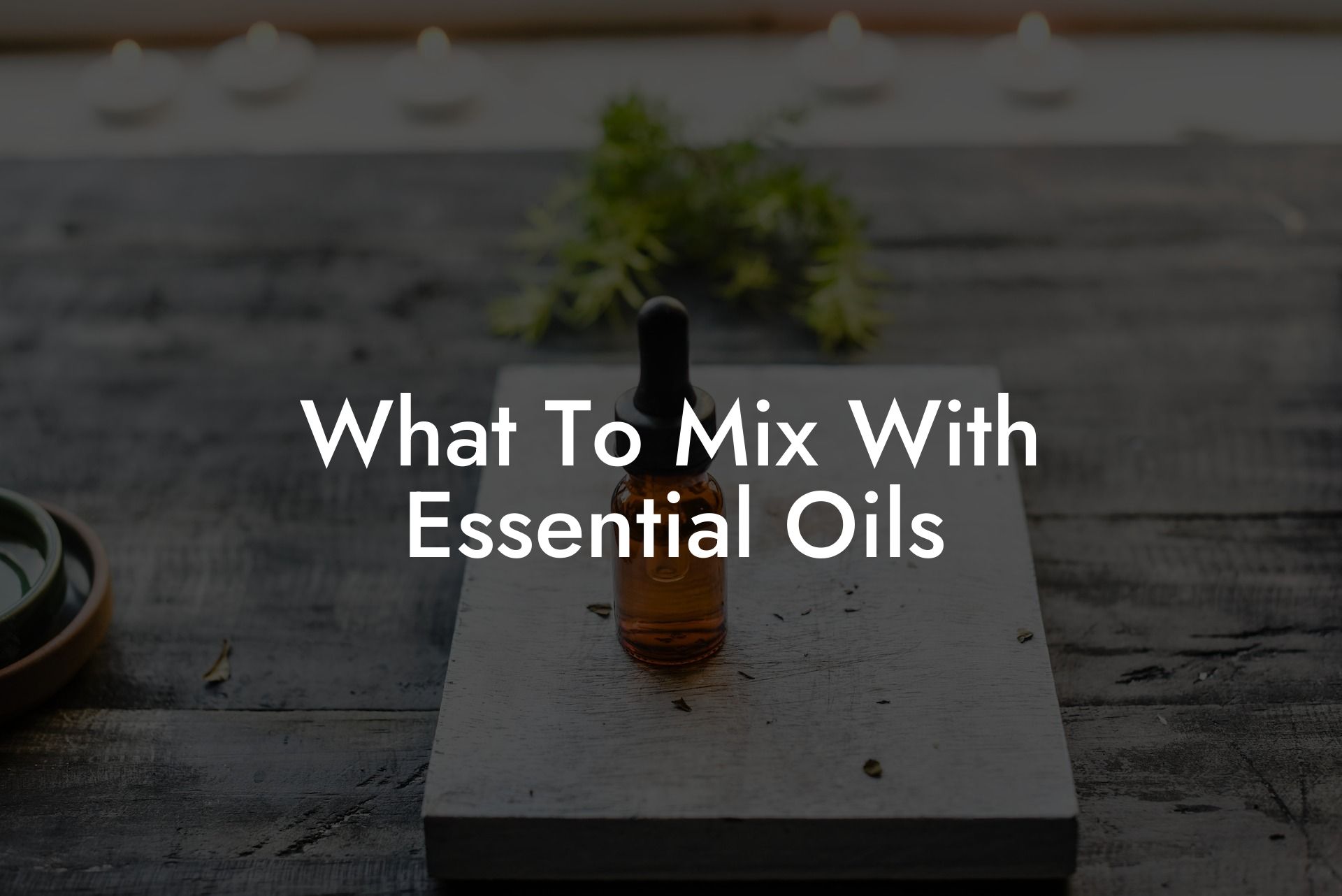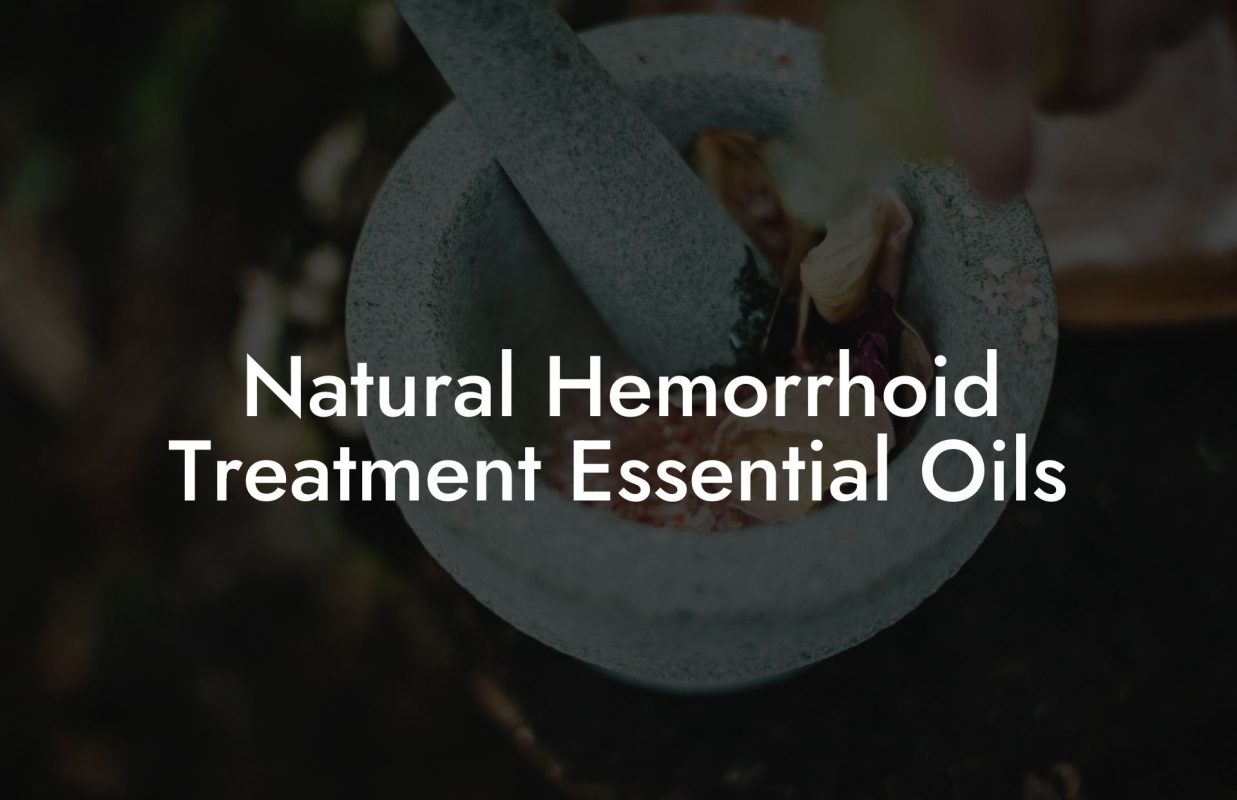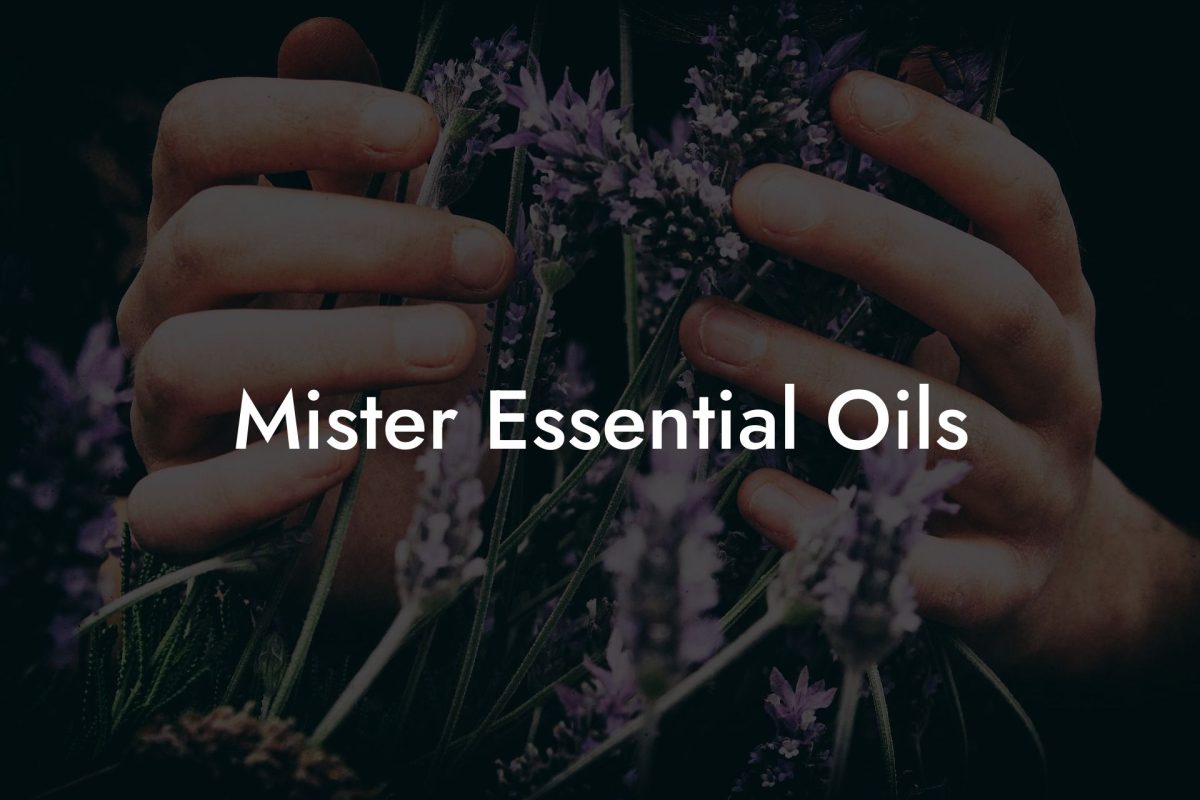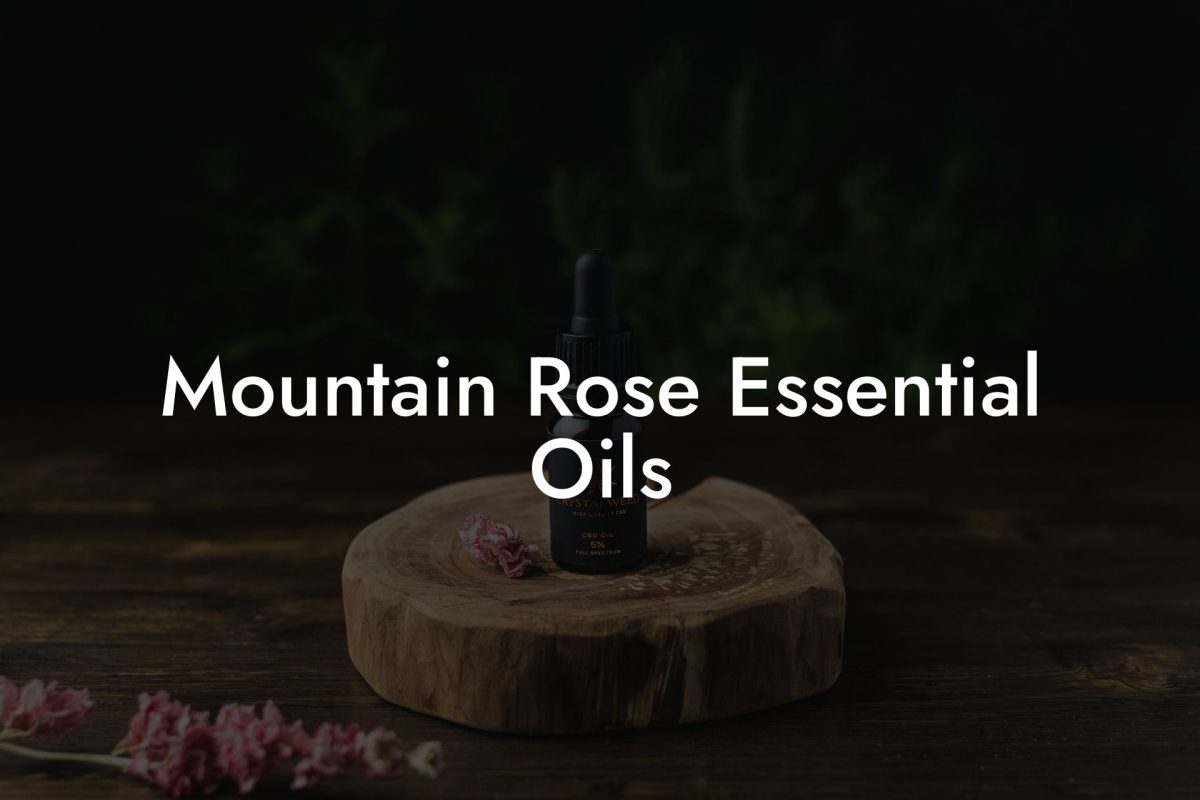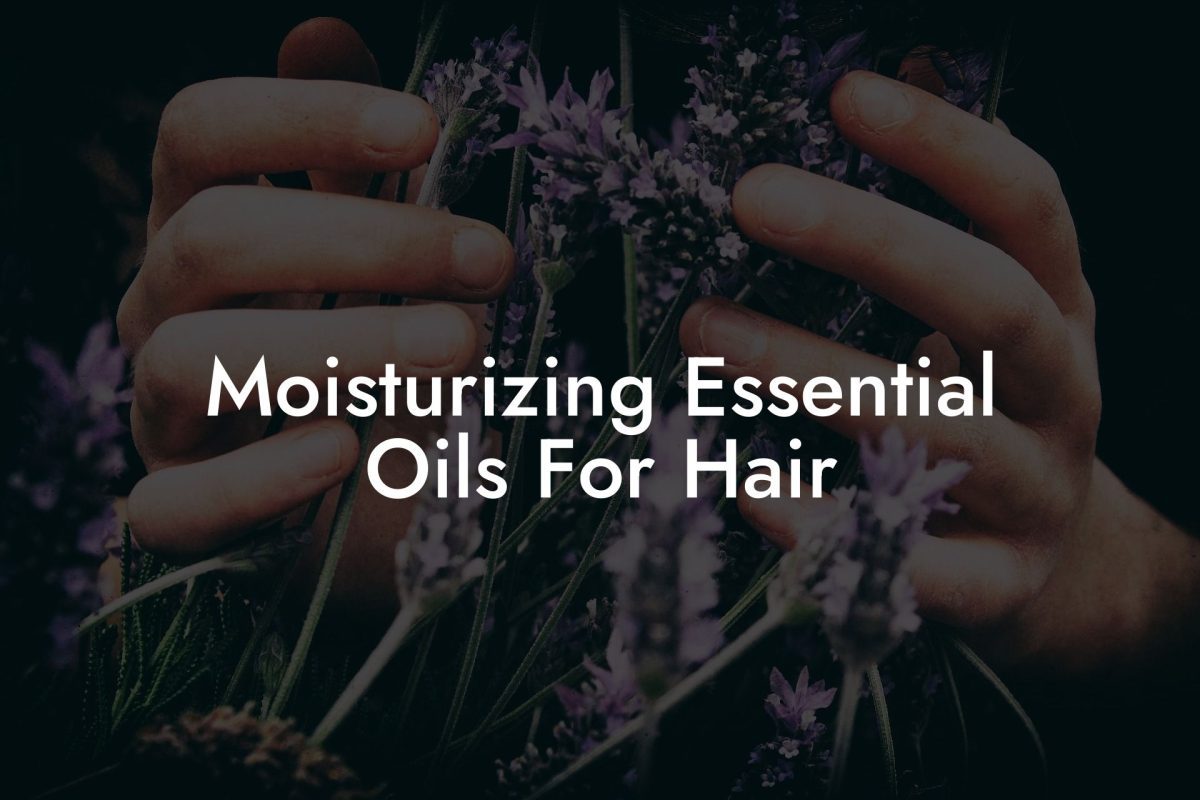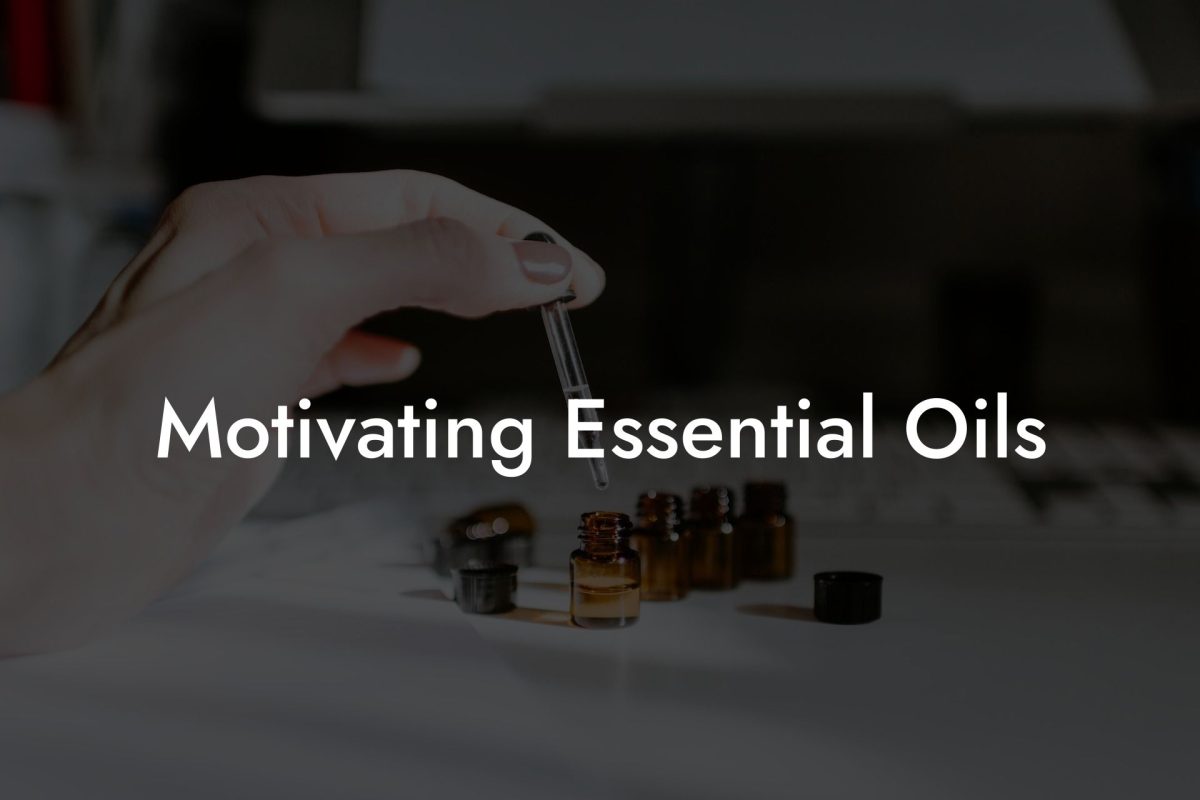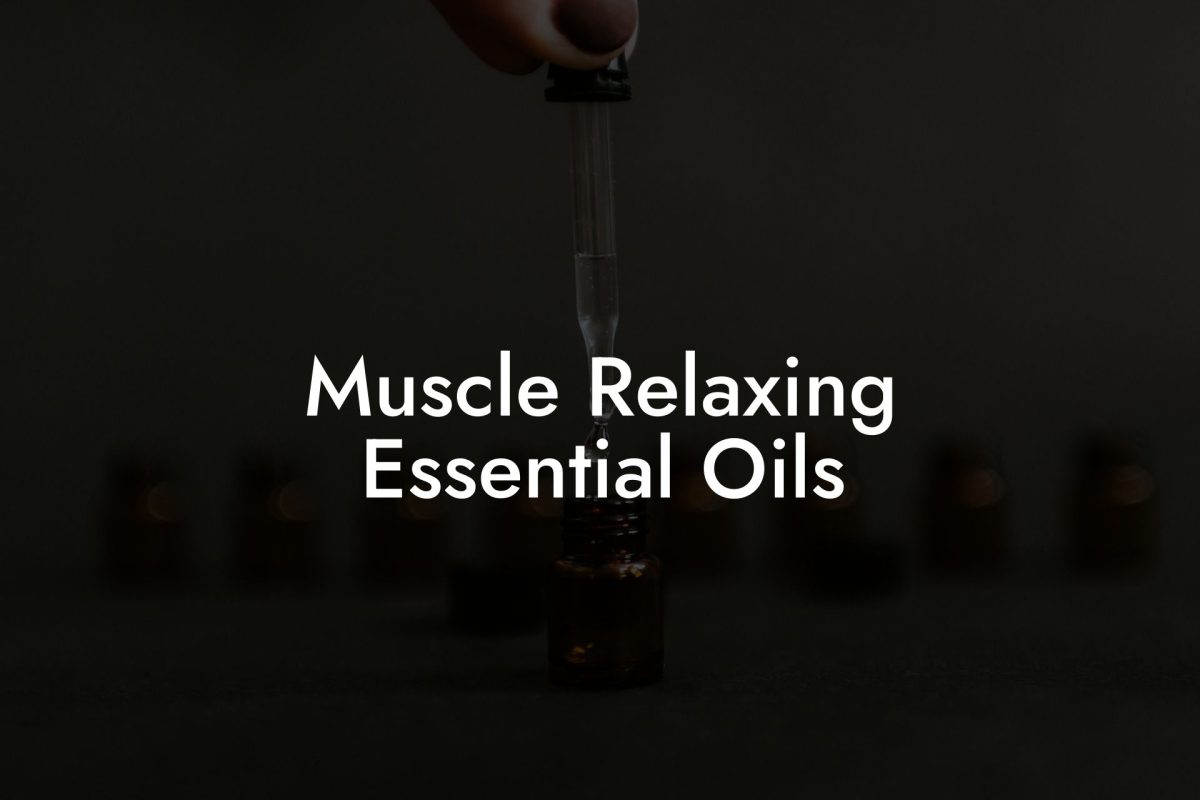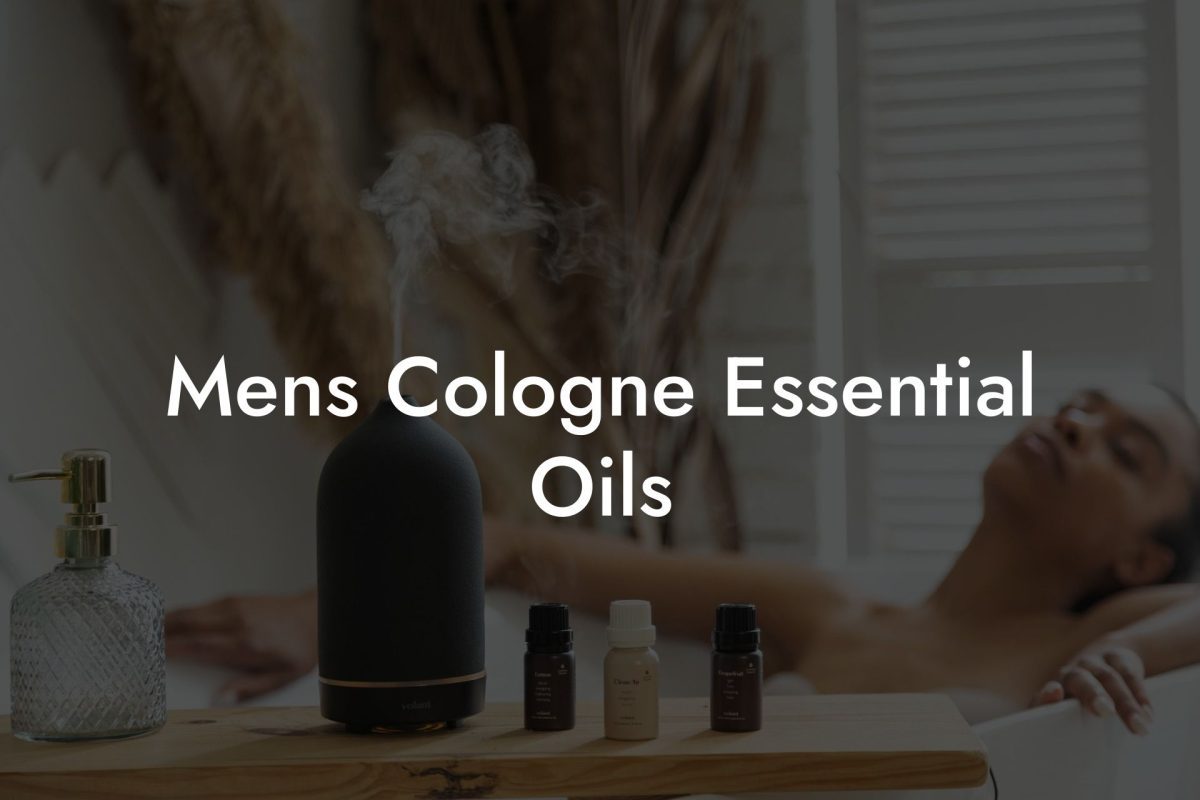Essential oils have gained popularity for their numerous health and wellness benefits, such as enhancing mood, promoting relaxation, and supporting overall wellbeing. But, with an abundance of essential oils available, it could be challenging to know what to mix with them to create effective and delightful blends. In this comprehensive guide, we will explore the art and science of mixing essential oils, helping you create perfect aromatic blends to suit your needs and preferences.
Table of Contents
Know Your Essential Oils
Before diving into blending, it’s crucial to familiarize yourself with different essential oils and their properties. Some essential oils to get you started include:
- Lavender – Soothing and calming for stress relief and relaxation
- Peppermint – Invigorating and refreshing for energy and clarity
- Tea Tree – Antimicrobial and cleansing for skin concerns and household cleaning
- Eucalyptus – Decongestant and invigorating for respiratory support
- Lemon – Refreshing and uplifting for mood enhancement and energy
Choose a Base
To create an effective blend, you must mix essential oils with a carrier substance. These can dilute and enhance the oils’ benefits and make them safe for topical application or diffusion. Common carrier substances include:
- Carrier Oils – Choose from options like coconut oil, jojoba oil, or sweet almond oil. These oils help deliver the essential oils’ benefits directly to the skin and make them safe for topical use.
- Alcohol or Witch Hazel – For creating sprays and mists, alcohol or witch hazel can act as a carrier, dispersing the essential oils evenly and making them safe for use on surfaces or in the air.
- Unscented Products – Add essential oils to unscented lotion, shampoo, or soap to enhance their benefits and scent. Unscented bath salts, candles, or diffuser bases can also be customized with your favorite essential oil blends.
Understand Oil Compatibilities
Essential oils can be mixed according to the oil compatibility wheel, which arranges oils into categories based on their scents:
- Florals (e.g., lavender, rose)
- Woods (e.g., cedarwood, sandalwood)
- Citrus (e.g., lemon, orange)
- Herbs (e.g., basil, rosemary)
- Resins (e.g., frankincense, myrrh)
Generally, oils within the same category blend well together. Experiment with combinations that include one or more oil from each category to create unique and aromatic blends.
Follow Blending Guidelines
To mix essential oils, follow these blending guidelines for safety and efficacy:
– Begin with a small amount of carrier substance, and add the essential oils one drop at a time. It’s essential to add oils gradually to avoid overpowering the blend or wasting valuable oils.
– When mixing essential oils for topical application, follow the recommended dilution guidelines for safety. Generally, a 2% dilution is safe for adults, which equates to 12 drops of essential oil per ounce of carrier oil.
– Test the blend on a small patch of skin to ensure there are no adverse reactions or sensitivities to any of the essential oils used.
What To Mix With Essential Oils Example:
A popular and beginner-friendly essential oil blend to promote relaxation and stress relief might include:
– 4 drops of lavender essential oil
– 3 drops of bergamot essential oil
– 2 drops of ylang-ylang essential oil
To use this blend, add the essential oils to a diffuser, following the manufacturer’s instructions. You could also mix the blend with an ounce of carrier oil, such as fractionated coconut oil, to create a massage oil for stress relief.
Now that you’ve learned the fundamentals of mixing essential oils, you can create custom blends tailored to your needs by exploring various combinations and carrier substances. Remember to have fun, experiment, and adjust your blends to suit your preferences. We at Oshu Oils encourage you to explore our essential oil range to elevate your blending creations even further. Be sure to share this article and your newfound essential oil blending knowledge with friends and family looking to enhance their daily lives with the wonders of aromacology.

